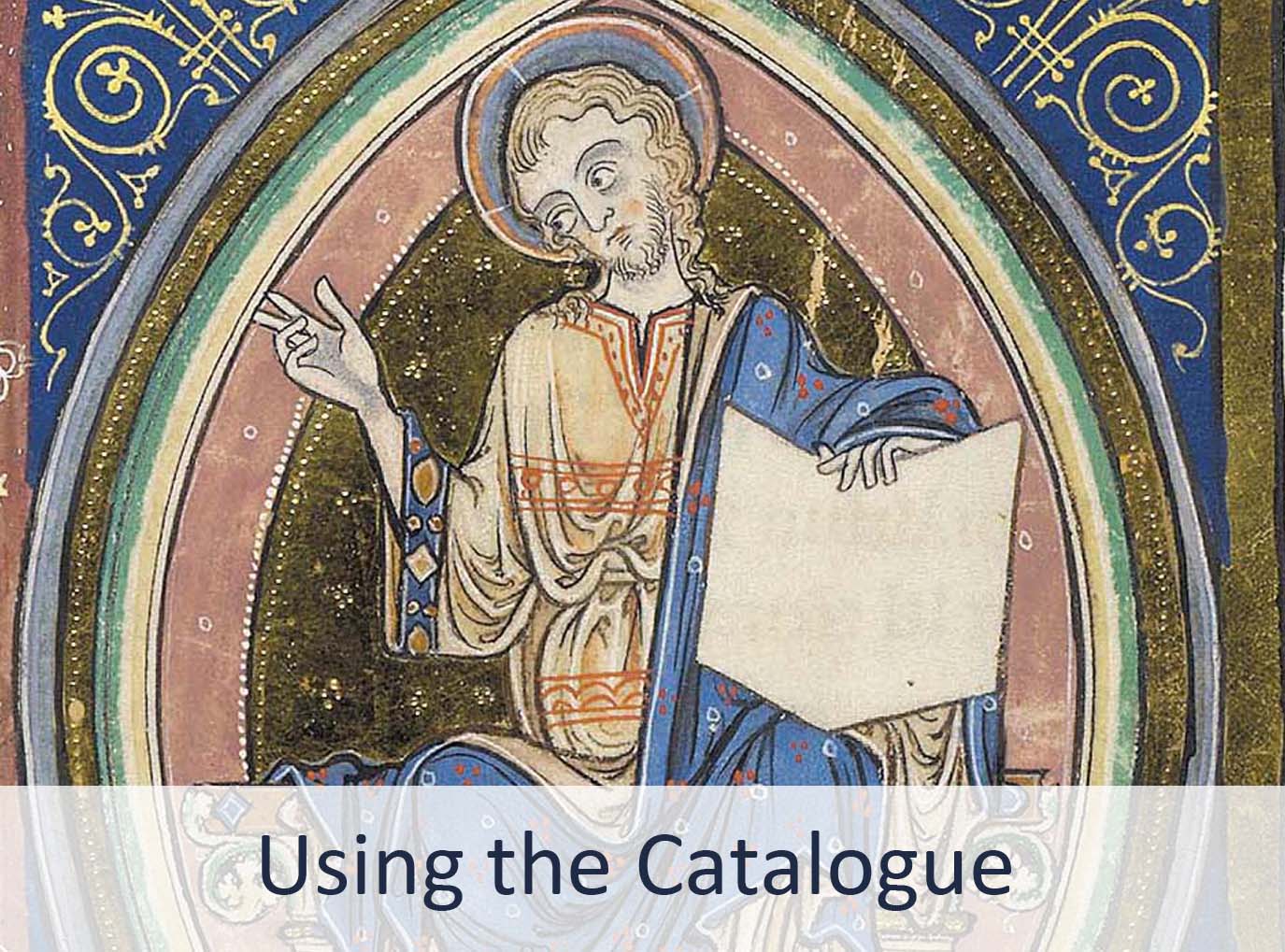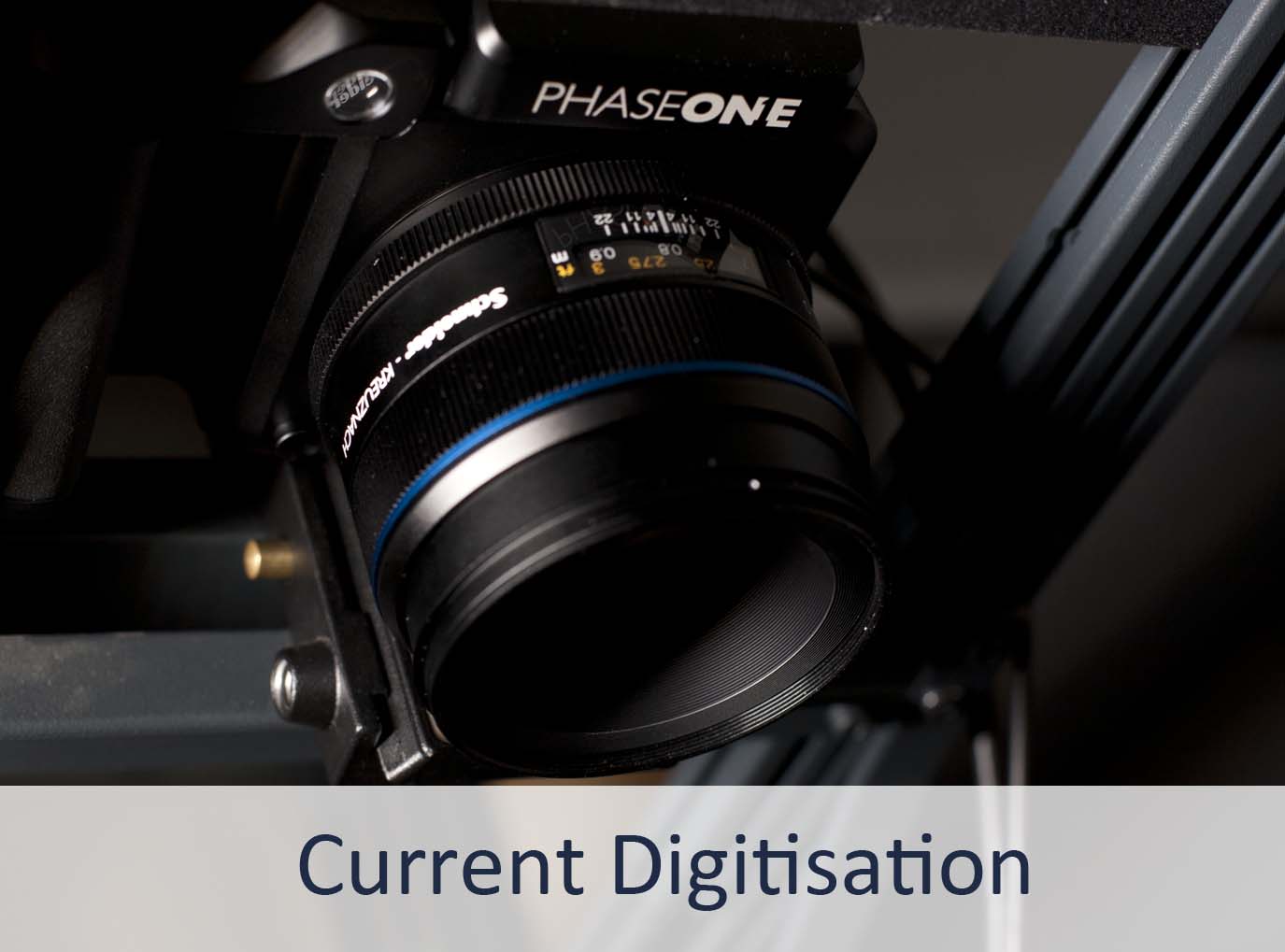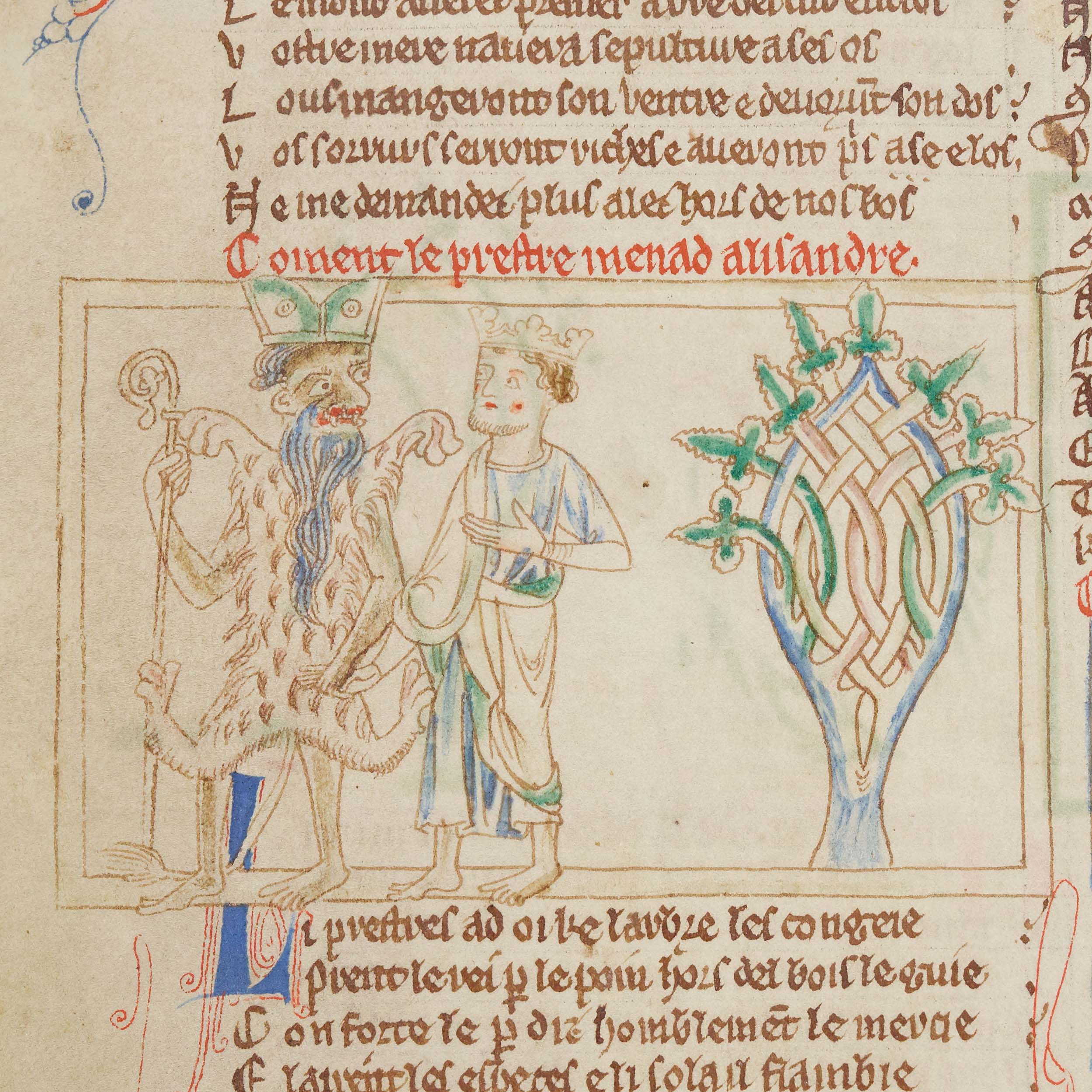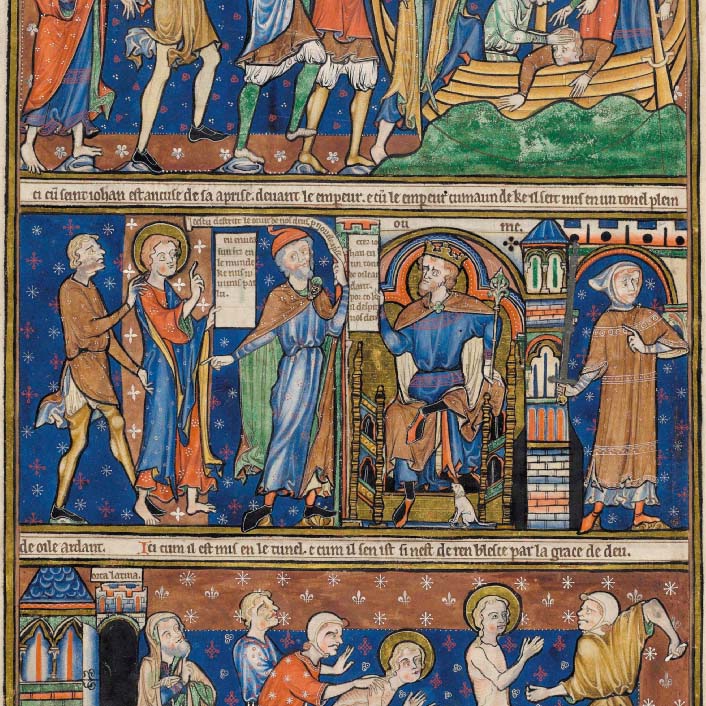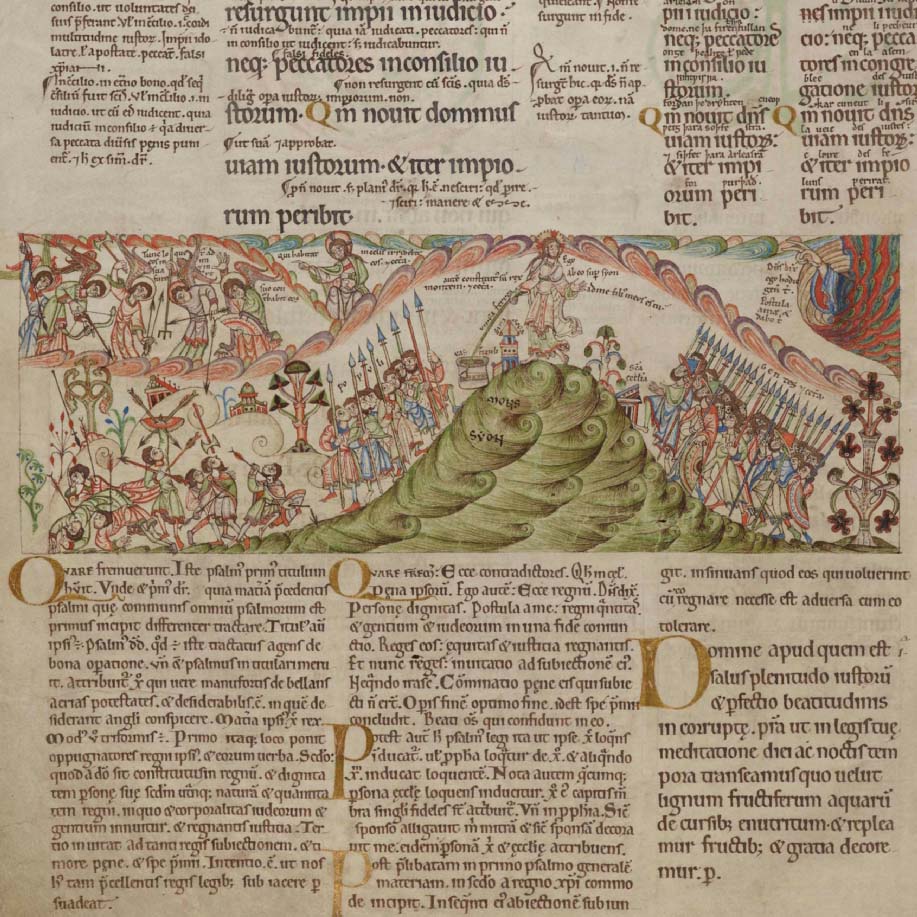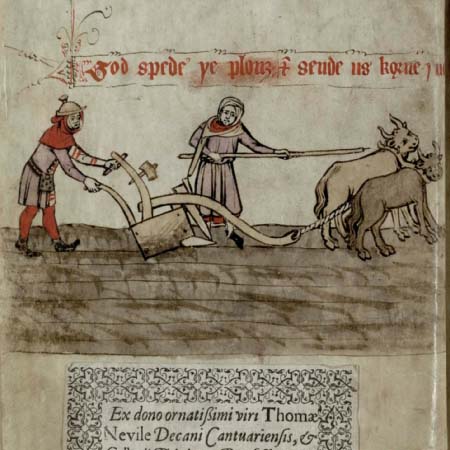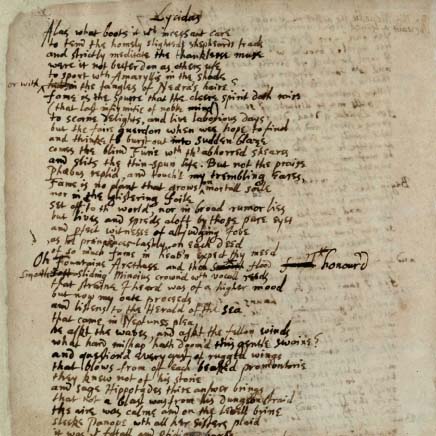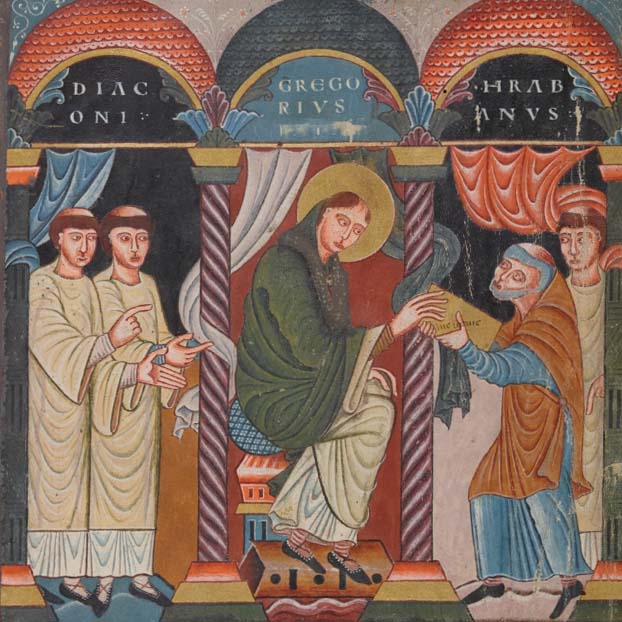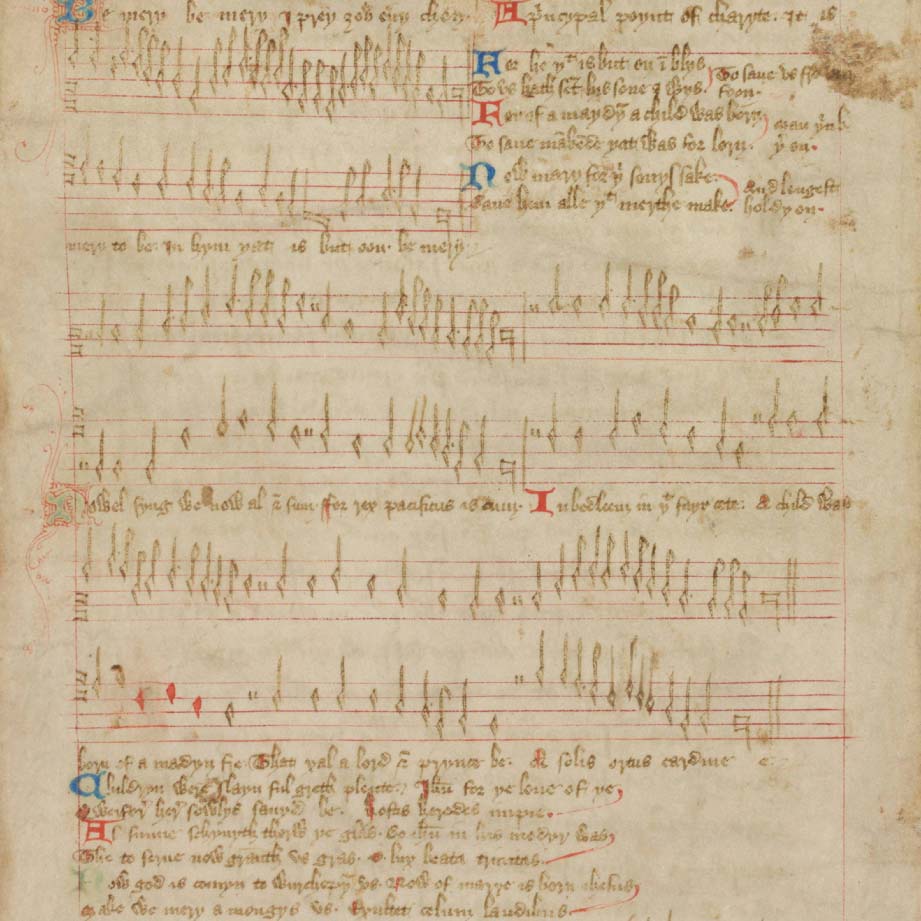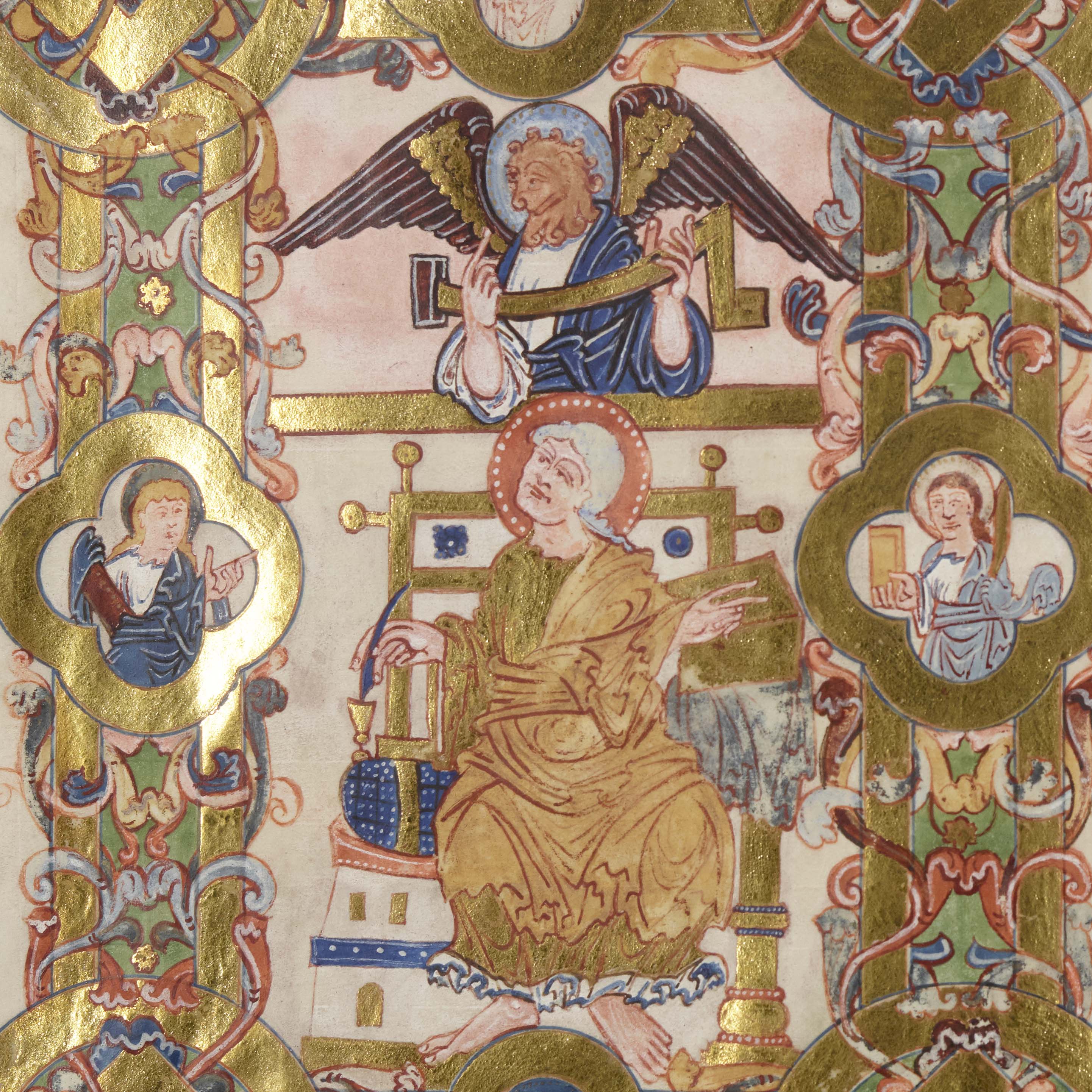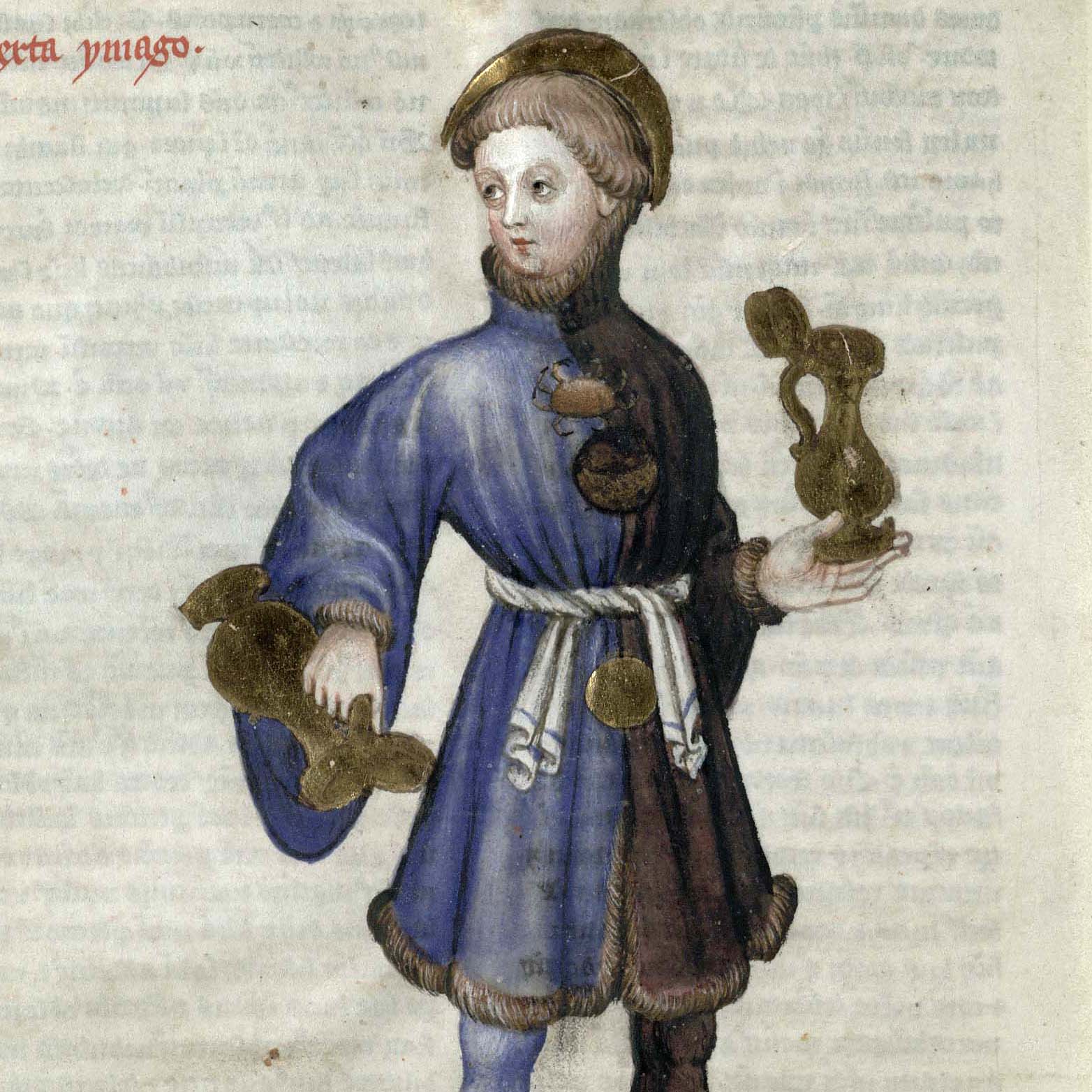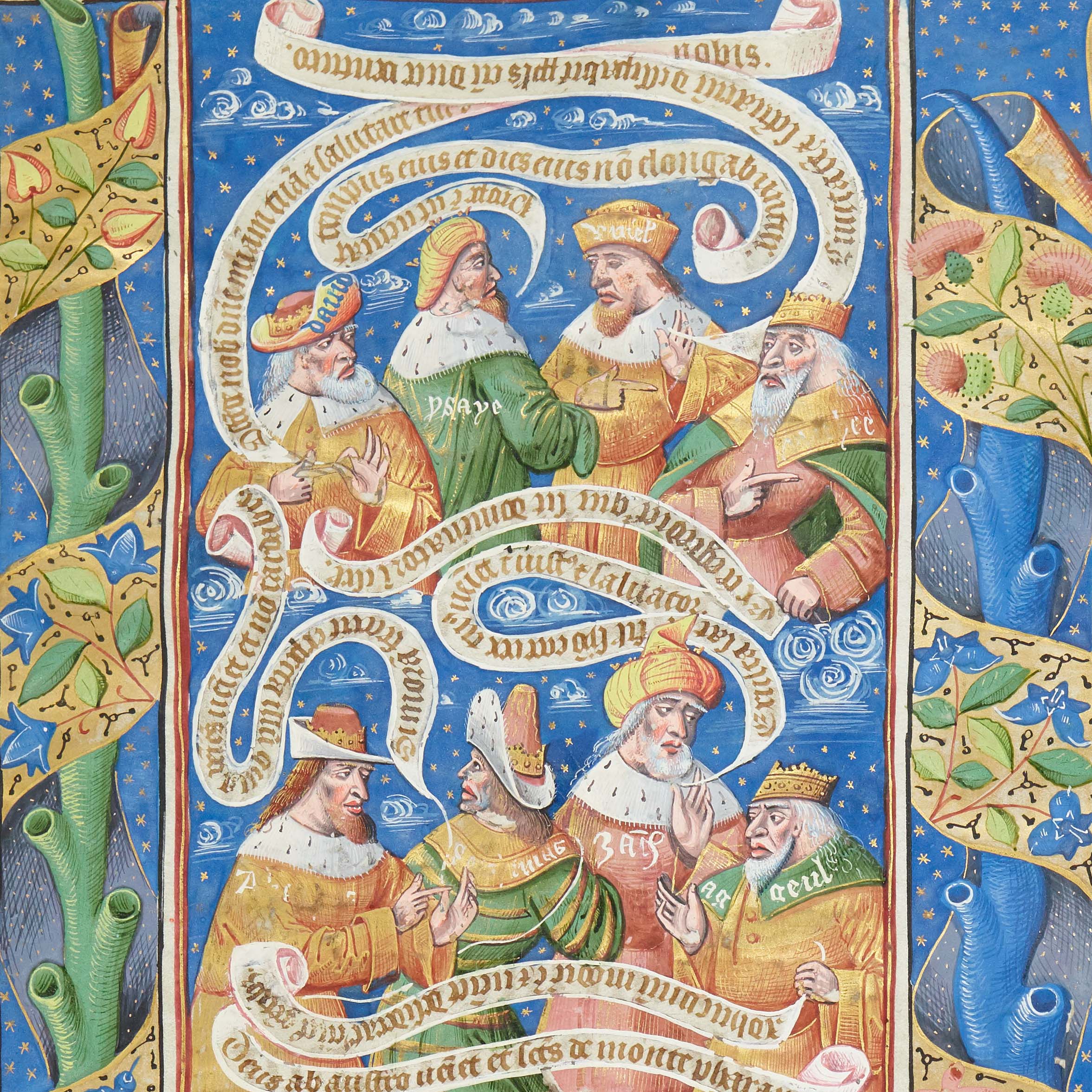The James Catalogue Of Western Manuscripts
Over one hundred years ago M. R. James, the great cataloguer, medieval scholar, and author, published The Western Manuscripts in the Library of Trinity College, Cambridge: a Descriptive Catalogue. James' work - an essential guide to the highly diverse manuscript collection at Trinity College - appeared in four volumes between 1900 and 1904. It is still a vital aid to scholars.
About the Catalogue
Over one hundred years ago M. R. James, the great cataloguer, medieval scholar, and author, published The Western Manuscripts in the Library of Trinity College, Cambridge: a Descriptive Catalogue. James' work - an essential guide to the highly diverse manuscript collection at Trinity College - appeared in four volumes between 1900 and 1904. It is still a vital aid to scholars.
James' breadth of learning was remarkable: the manuscripts described range from the eighth to the nineteenth centuries; contain works in many languages; and cover subjects as diverse as technical alchemy, biblical exegesis and heraldry, to name just a few. It was an admirable survey of the collection and in his own particular area of expertise – medieval manuscripts - an excellent catalogue. His pioneering work on medieval libraries can be seen developing in this catalogue, where his knowledge of unpublished surviving catalogues and of press-marks enabled him to assign provenance to a large number of books.
James' Catalogue follows the arrangement of the manuscripts in the Wren library, with a volume for each of the three bays in which manuscripts are kept. Departing from his practice at other Cambridge colleges, he described every volume he came across: just over half of the 1500 entries in the Trinity catalogue refer to medieval books.
The first volume describes the contents of bay B, essentially theological books and the second describes the historical, literary, miscellaneous and outsize manuscripts found in bay R. Volume three describes the manuscripts of bay O which housed the Gale collection, amassed by Thomas Gale and his son Roger, and donated to the college by the latter in 1738. In 1904 James produced the last volume, containing corrections, an index (which he had, unusually, made himself), and seventeen plates with brief comments.
Online, the James Catalogue contains 1700 entries since it also includes those manuscripts which for a period after the compilation of James’ Catalogue, were added to shelfmarks B, R and O.
An annotated copy of M. R. James' printed catalogue is kept in the Library. This has additional information. You can read vol 1 (classmark B), vol 2 (classmark R) and vol 3 (classmark O). You can also read James’ original prefaces to these volumes.
Using the Catalogue
Searching
The catalogue has two search methods. The simple search will search across every field in each catalogue record while the advanced search filters allow one to limit the search results to specific conditions, returning more precise results. Both searches can be set to return results including all records or only those with digitised manuscripts by checking or unchecking the "Only Digitised Manuscripts" box beside the search field.
Viewing Manuscripts Online
The manuscript record pages offer two ways of viewing digitised manuscripts. The first is through the Universal Viewer. This is reached by either clicking on the manuscript thumbnail or on the "View Digital Copy" button. The Universal Viewer is a fast, well laid out, and easy to use viewer. It features a powerful zoom to allow exmination of fine details, a thumbnail overview of the entire manuscript allowing one to quickly navigate to pages of interest, and for items photographed one leaf at a time it also has a two-page view so an entire opening can be examined. Images can be downloaded though the Universal viewer with an option of full or reduced size.
The second viewer offered is Mirador. Mirador includes many of the same features as Universal viewer but adds the ability to view multiple manuscripts side by side in the same tab or window. This feature is not only limited to Manuscripts from Trinty College, any iiif compatible manuscript from anywhere in the world can be viewed by dropping the link to its manifest into the viewer. Mirador viewer also allows for annotation of manuscripts. Comments, transcriptions, and areas of note can all be added. These annotations are stored locally on the user's machine and are not visable to other users.
i i i f
iiif stands for International Image Interoperability Framework. It provides a set of application programming interfaces that allow for a standardised method of describing and delivering images over the web. It allows for easier access to and sharing of digital resources. More information can be found on the iiif webpages.
Collection Highlights
The Wren Library houses a collection of over 1200 Western manuscripts dating from the 8th to the 19th centuries. Notable donors to the collection include Thomas Nevile, Thomas Gale, Anne Sadleir, and John Whitgift. From Bibles and books of hours, to alchemy and medicine, to duelling and fortifications, the collection covers a wide range of subjects. The gallery below shows a small selection of the library's treasures.
Current Digitisation
The printed James Catalogue was digitised some 15 years ago. The rationale for, and methodology used by, the original project is explained here.
Since 2013 we have been digitising complete manuscripts and over 800 of these manuscripts are now available online, alongside the James Catalogue records. We aim to digitise as many manuscripts as possible, however there will be some limitiations due to size and conservation.
As of January 2019 all the digitised manuscripts are iiif compliant.
Please note that this catalogue had been produced from a digitised version of M. R. James' The Western Manuscripts in the Library of Trinity College, Cambridge: a Descriptive Catalogue. With the exception of the correction of a few obvious typographical errors and the insertion of a few notes, we have tried to follow James' text. There may still be errors, particularly within the Greek text. This online catalogue uses Unicode to reproduce Greek, Old English and a few Hebrew characters.

